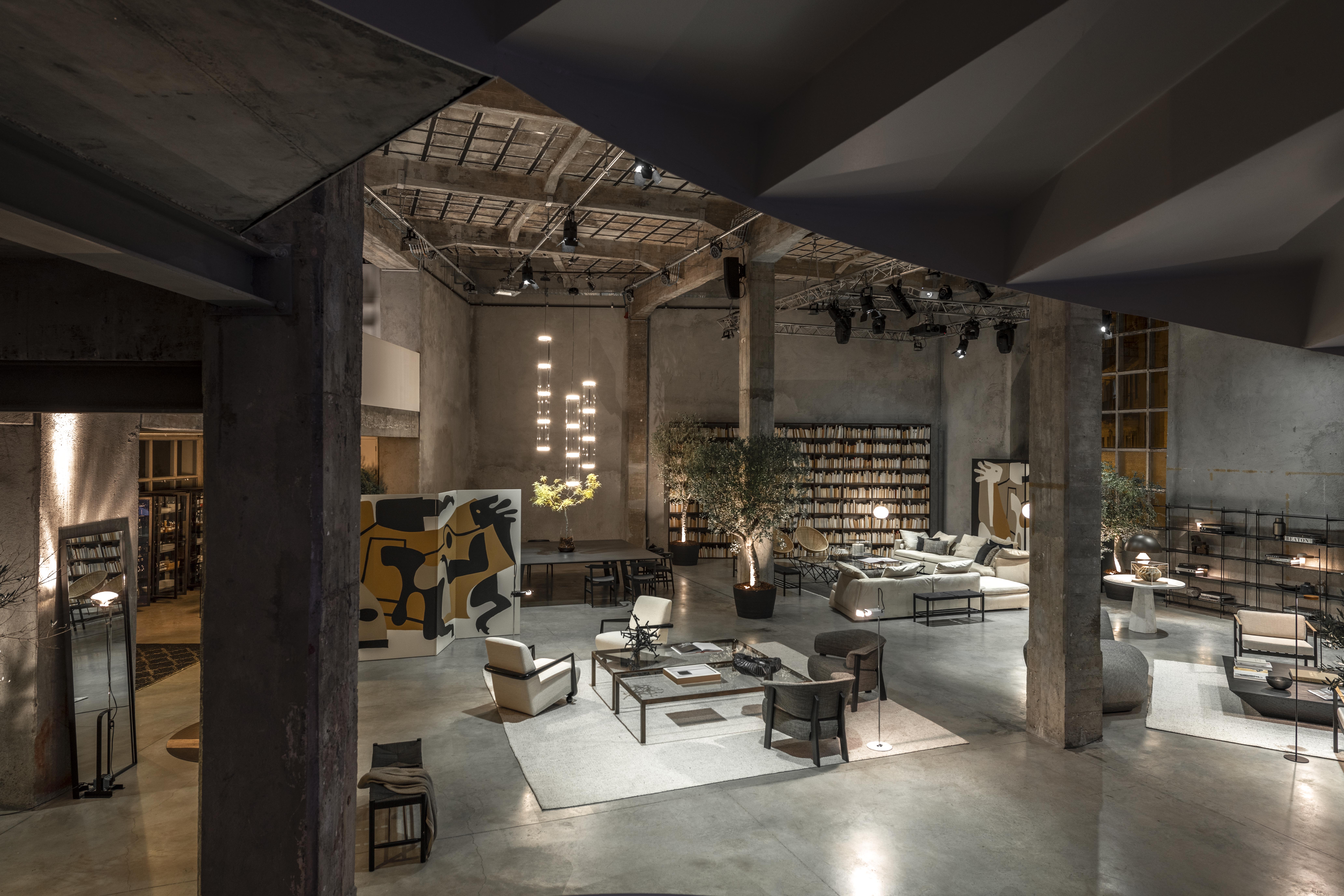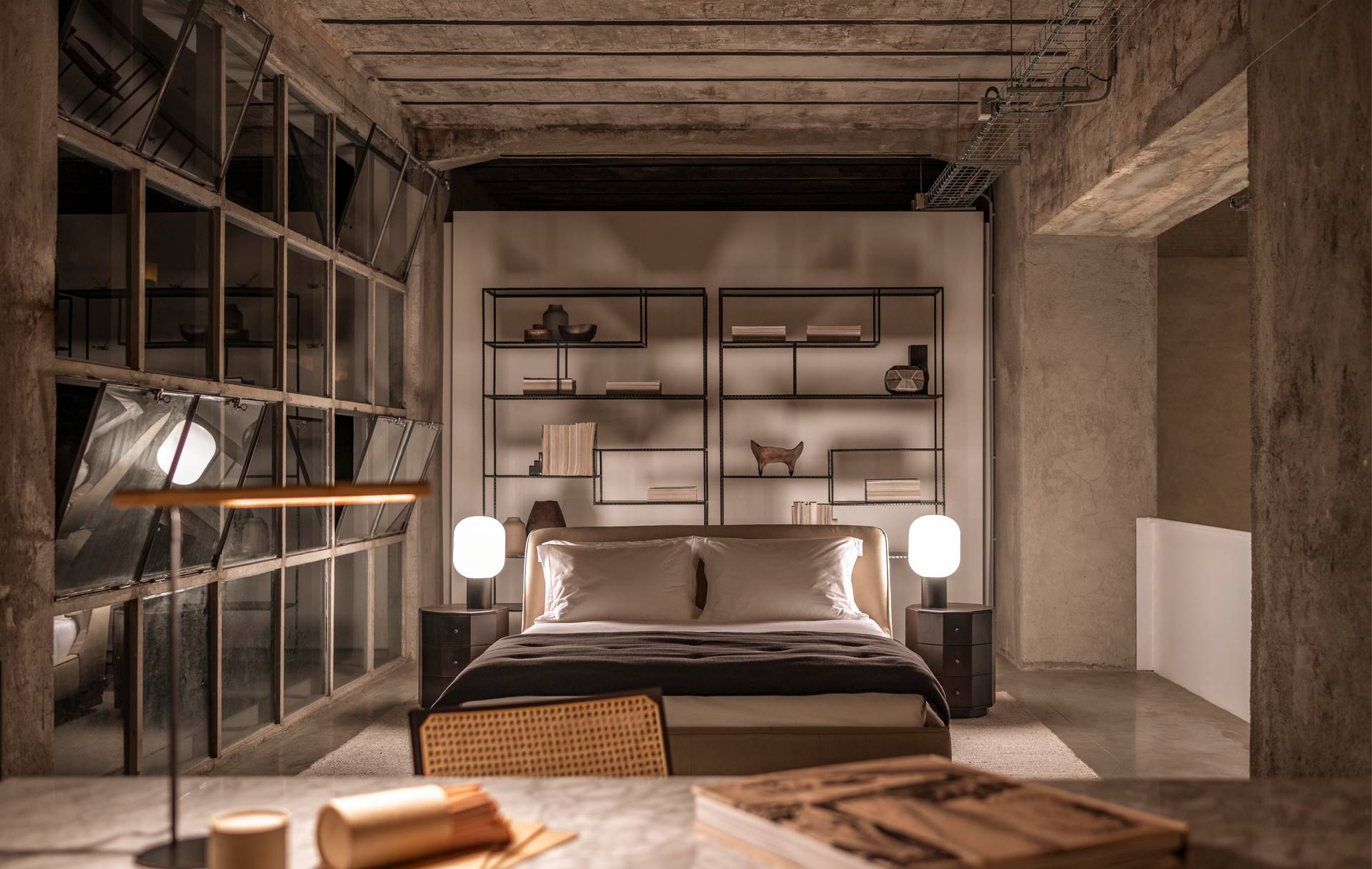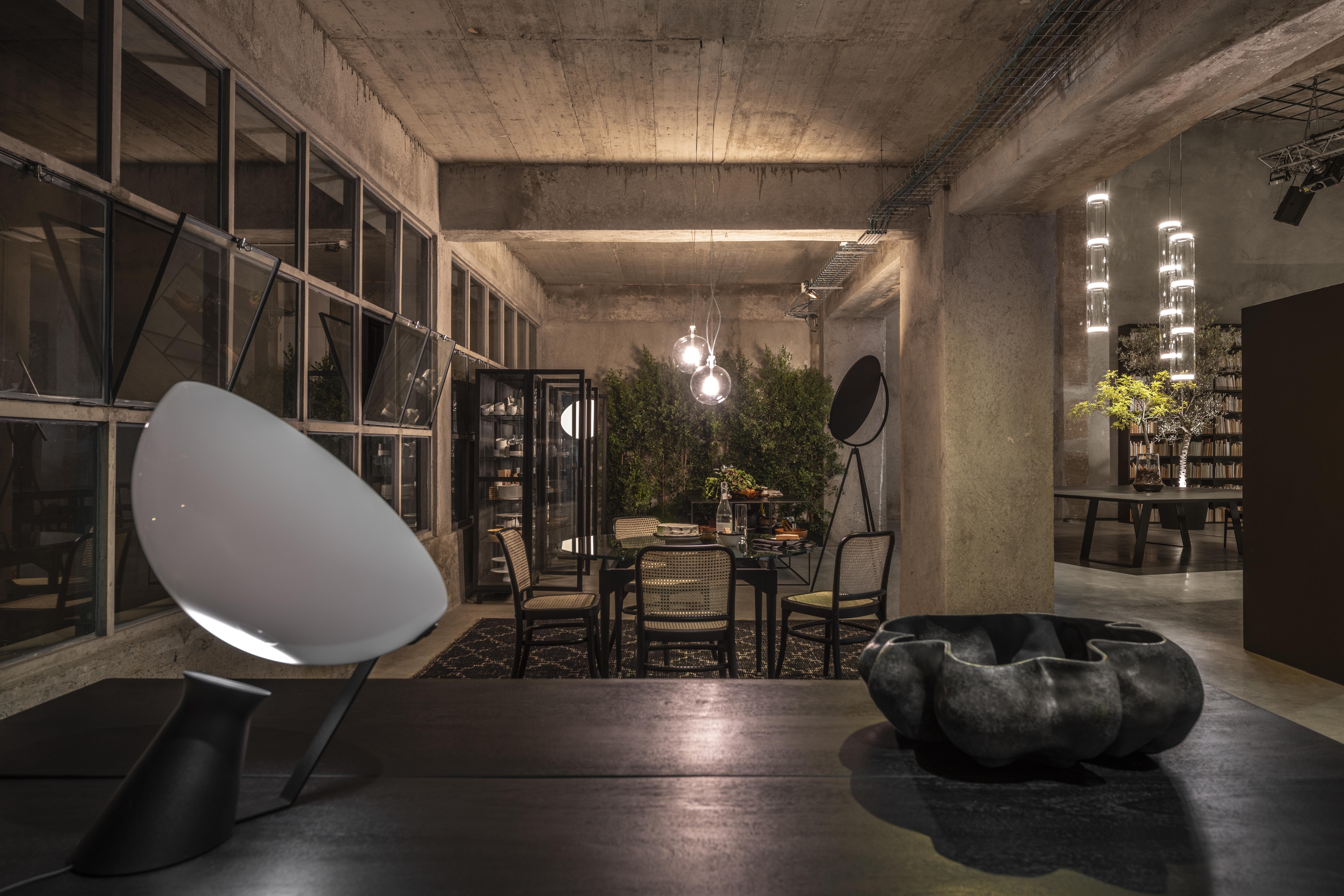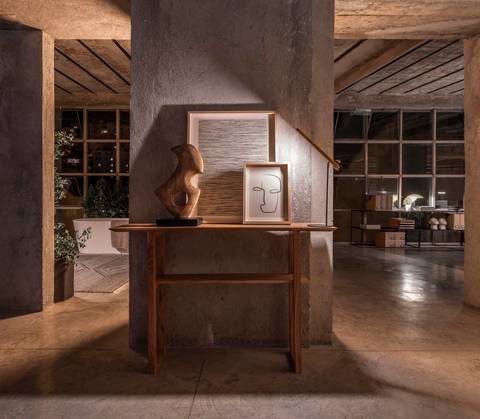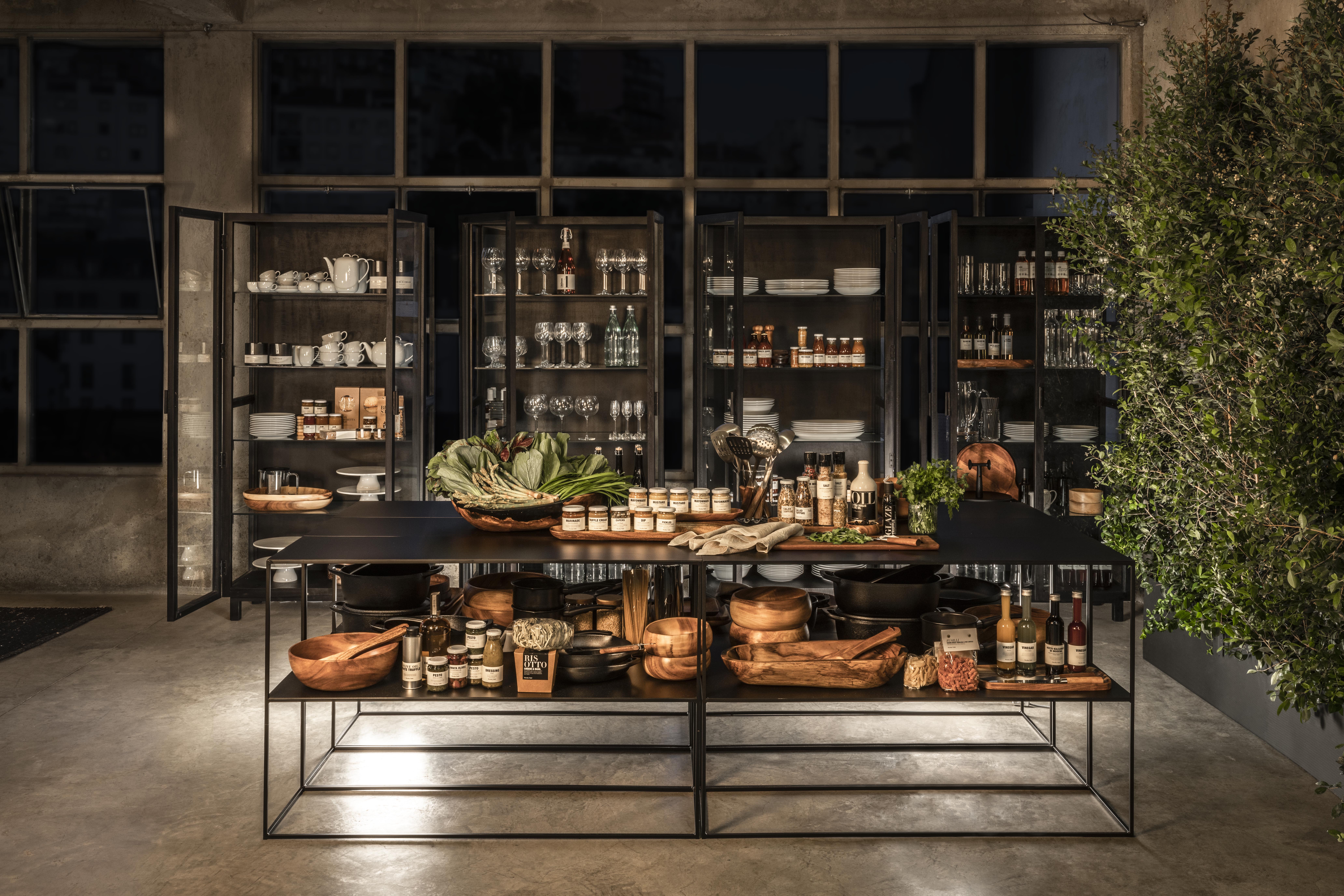Carpintarias
de São Lázaro
The national electrification movement, which allowed traditional carpenters to incorporate motors into woodworking machines, is at the origin of the carpentry shops in S. Lázaro, built in the late 1920s.
From there came many of the doors, baseboards and wooden components used in the period of urban explosion that between the 1930s and 1960s changed the landscape of Lisbon.
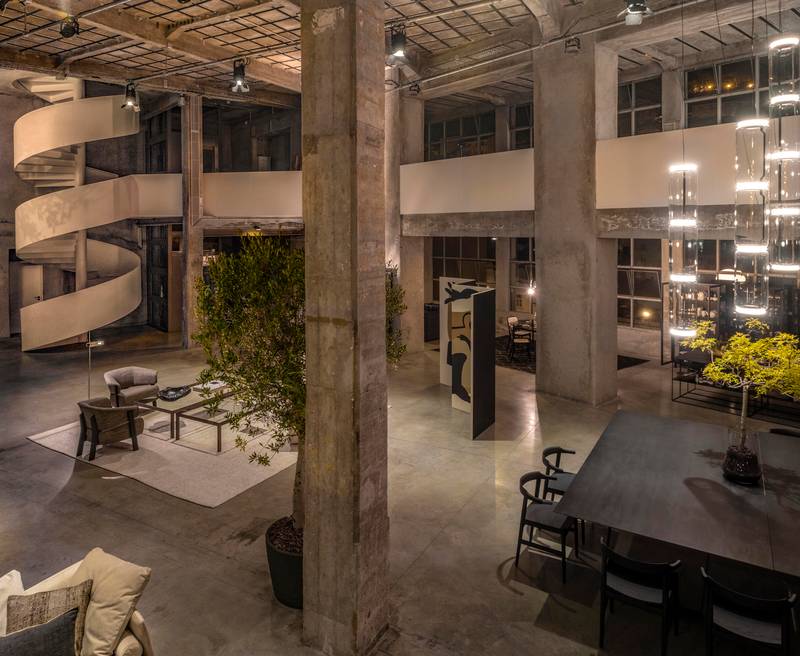
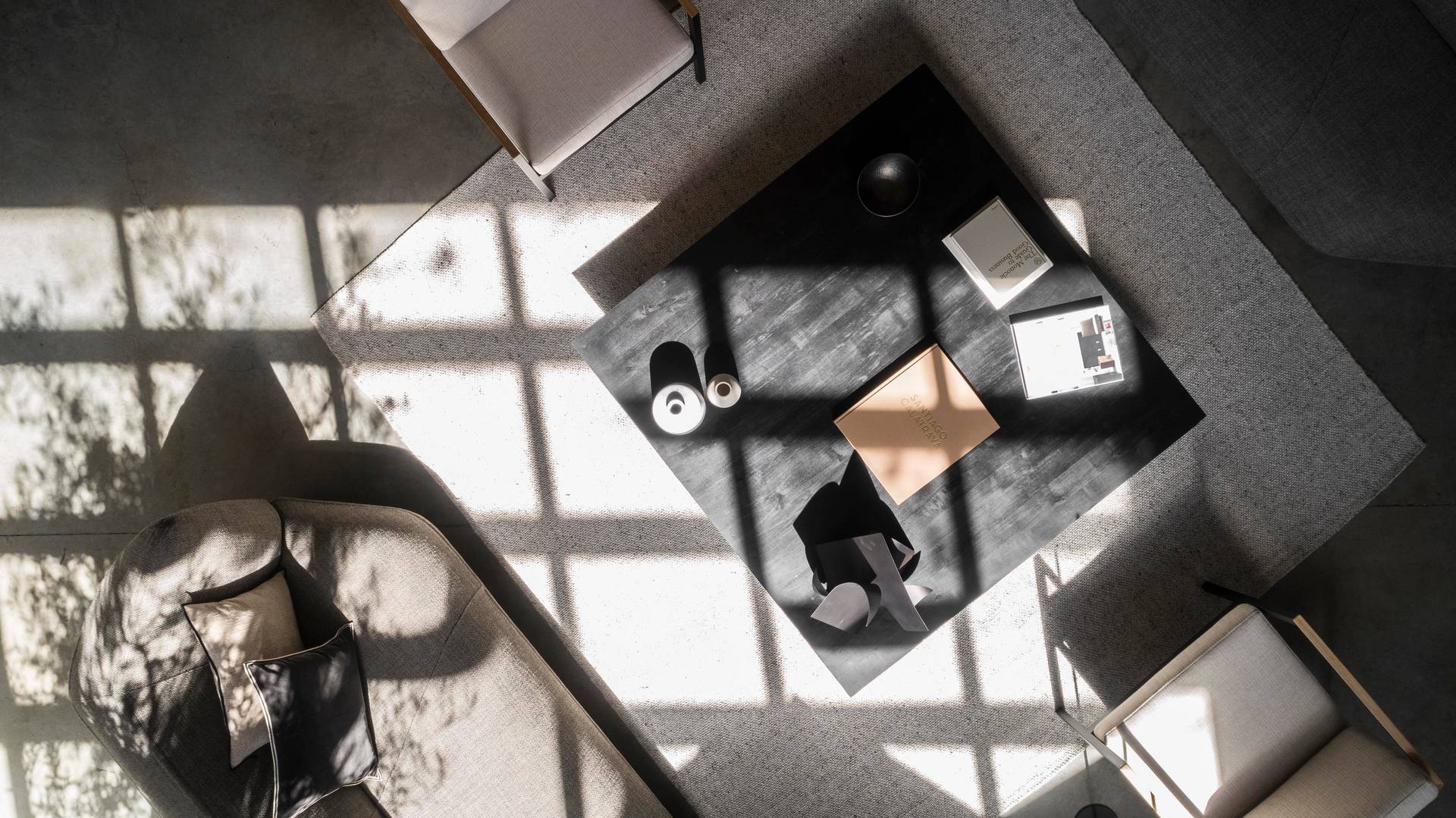
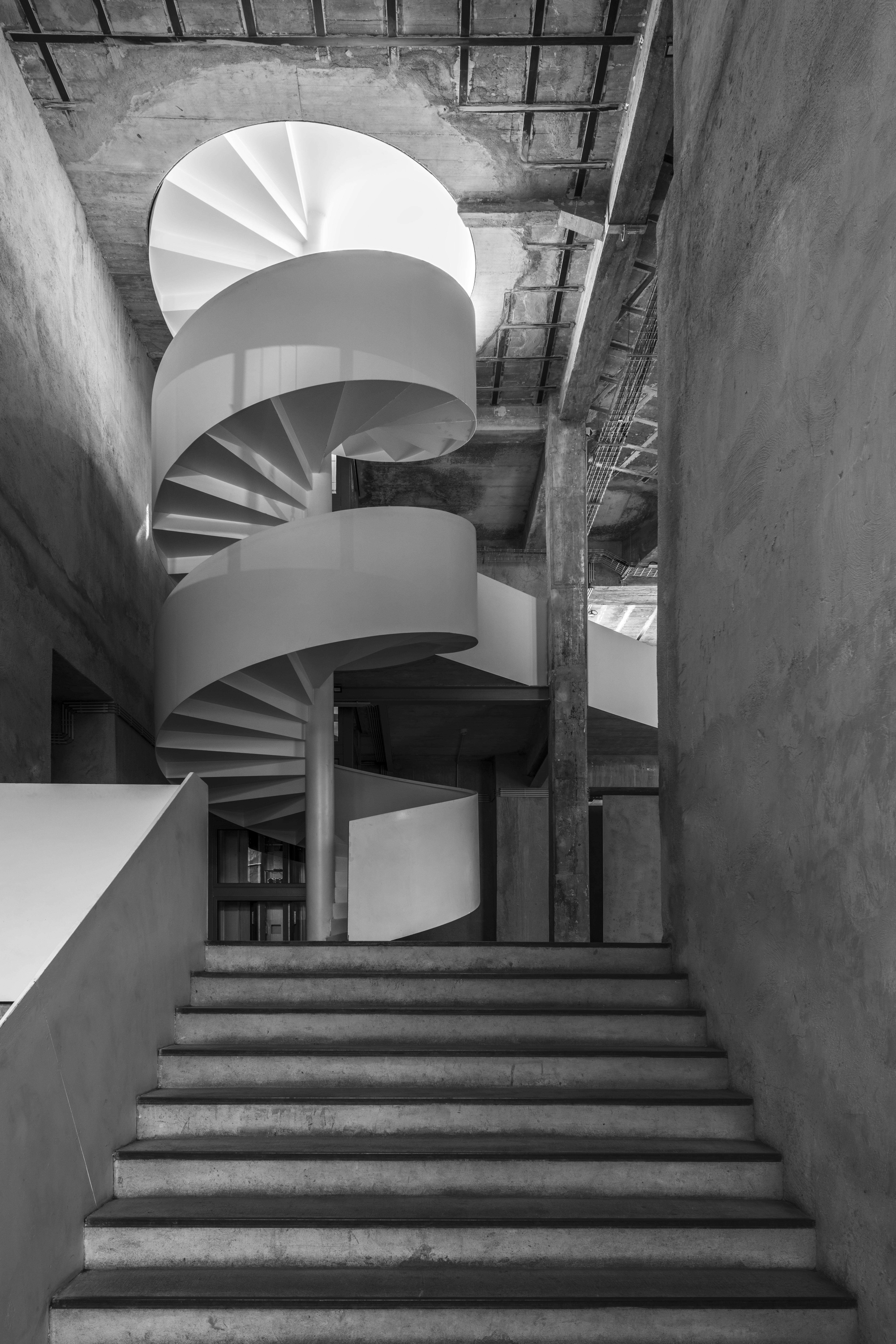
They were operating uninterrupted for almost 70 years, until a fire almost completely destroyed its interior in 2002. The carpentry’s location, in a central area of the city undergoing deep regeneration, and the fact that it has extraordinary characteristics and proportions, invited its recovery, which respects the existent built heritage.
A white spiral staircase, which contrasts with the roughness of the concrete and the unfinished plaster intentionally left unfinished, is the central element of the intervention of architect Filipe Borges de Macedo, who redesigned the space to accommodate a multipurpose cultural center.
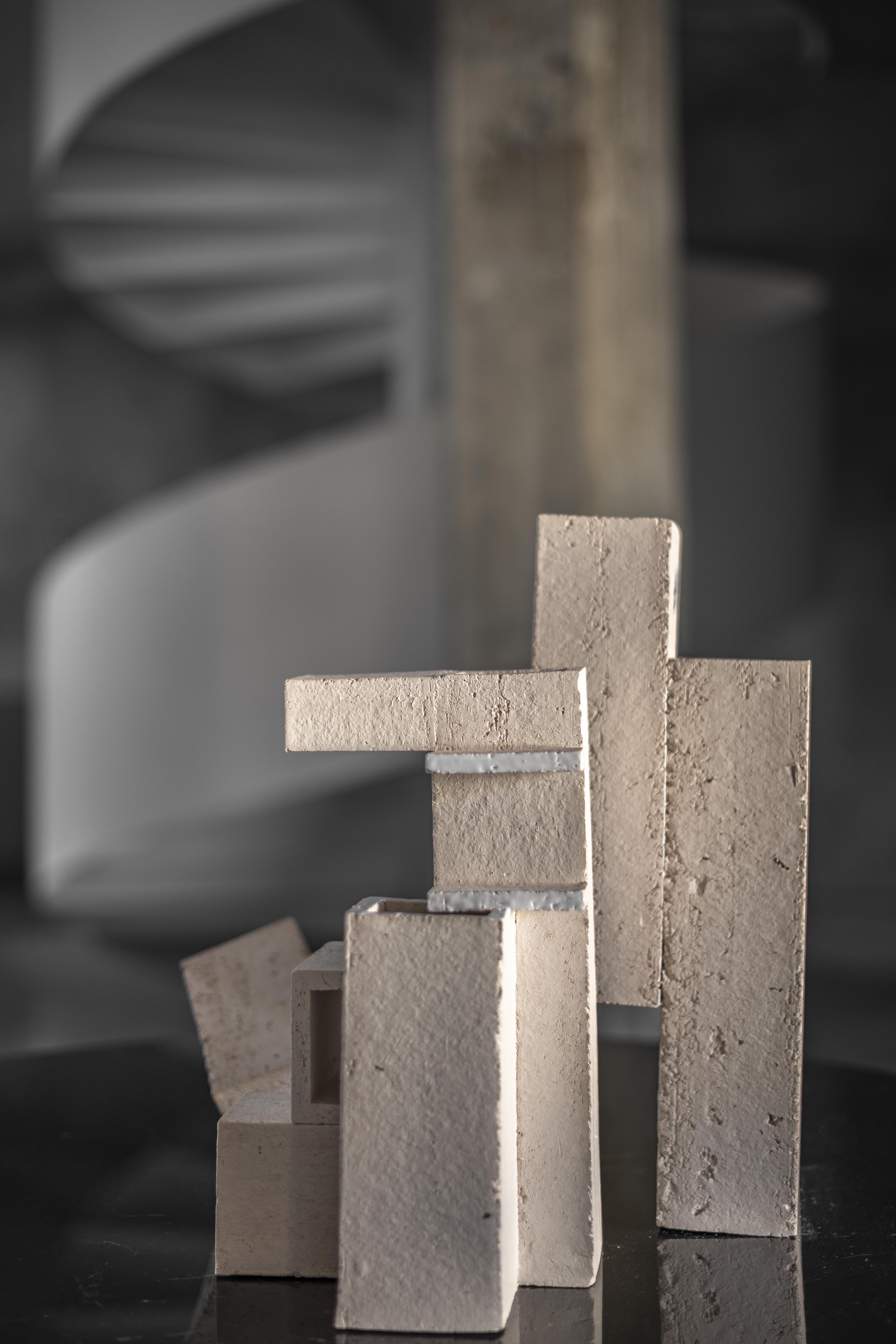

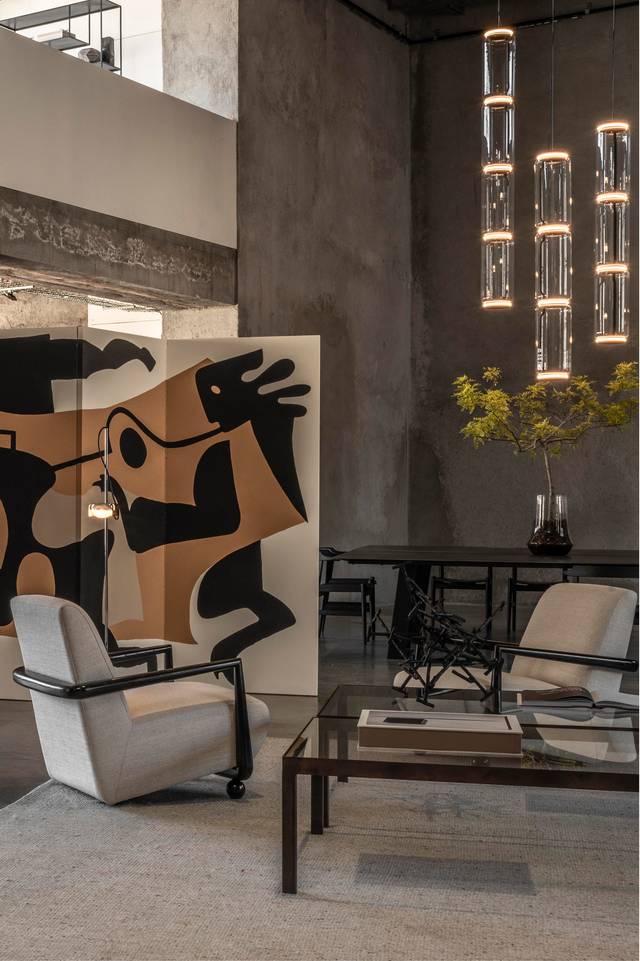
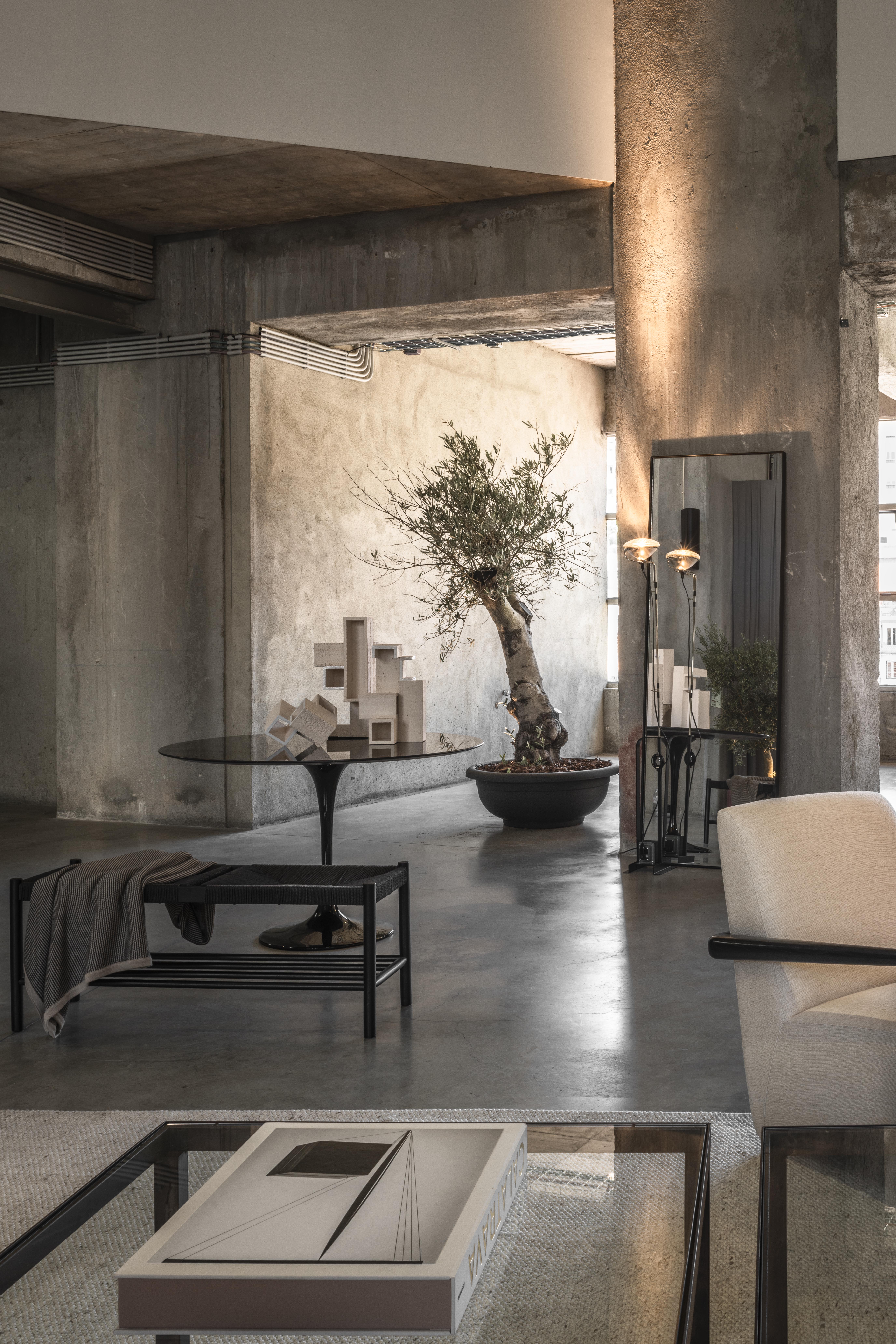
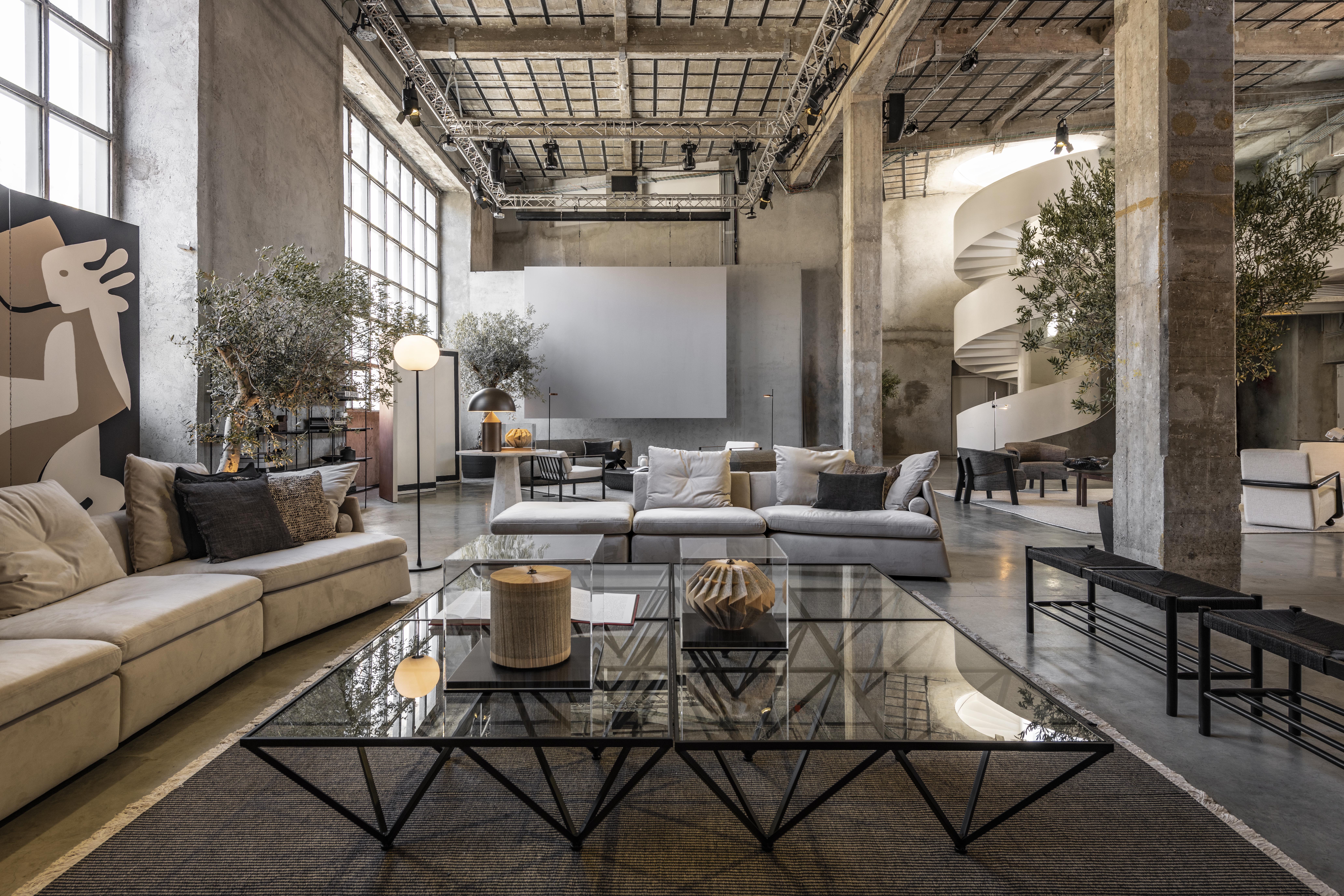
The Industrial Revolution is the key to modern architecture. Materials bend to the imagination. Concrete, wrought iron and laminated glass allow us to imagine new spaces: big rooms, with large windows that open the buildings to the exterior, providing them with unprecedented brightness.

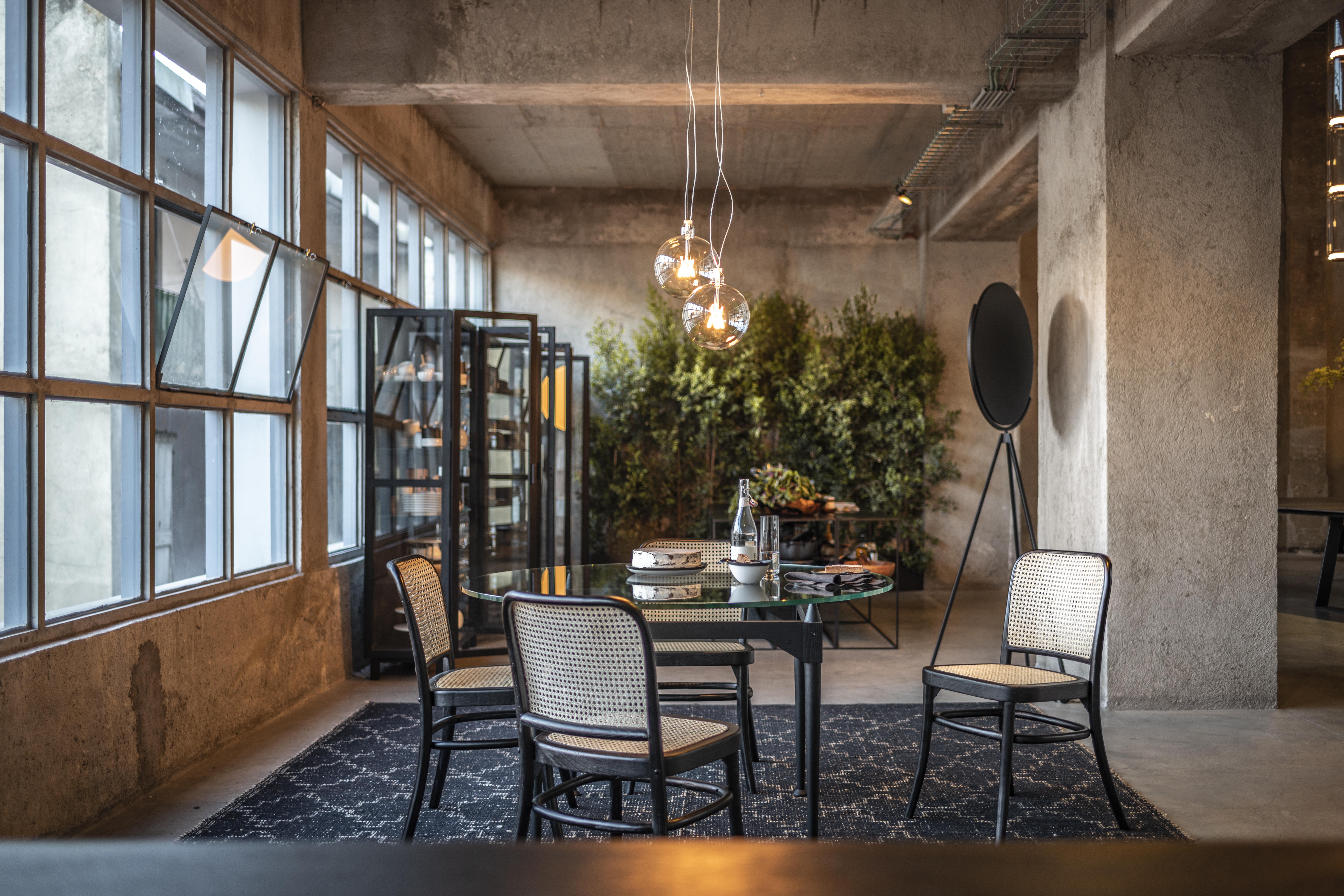


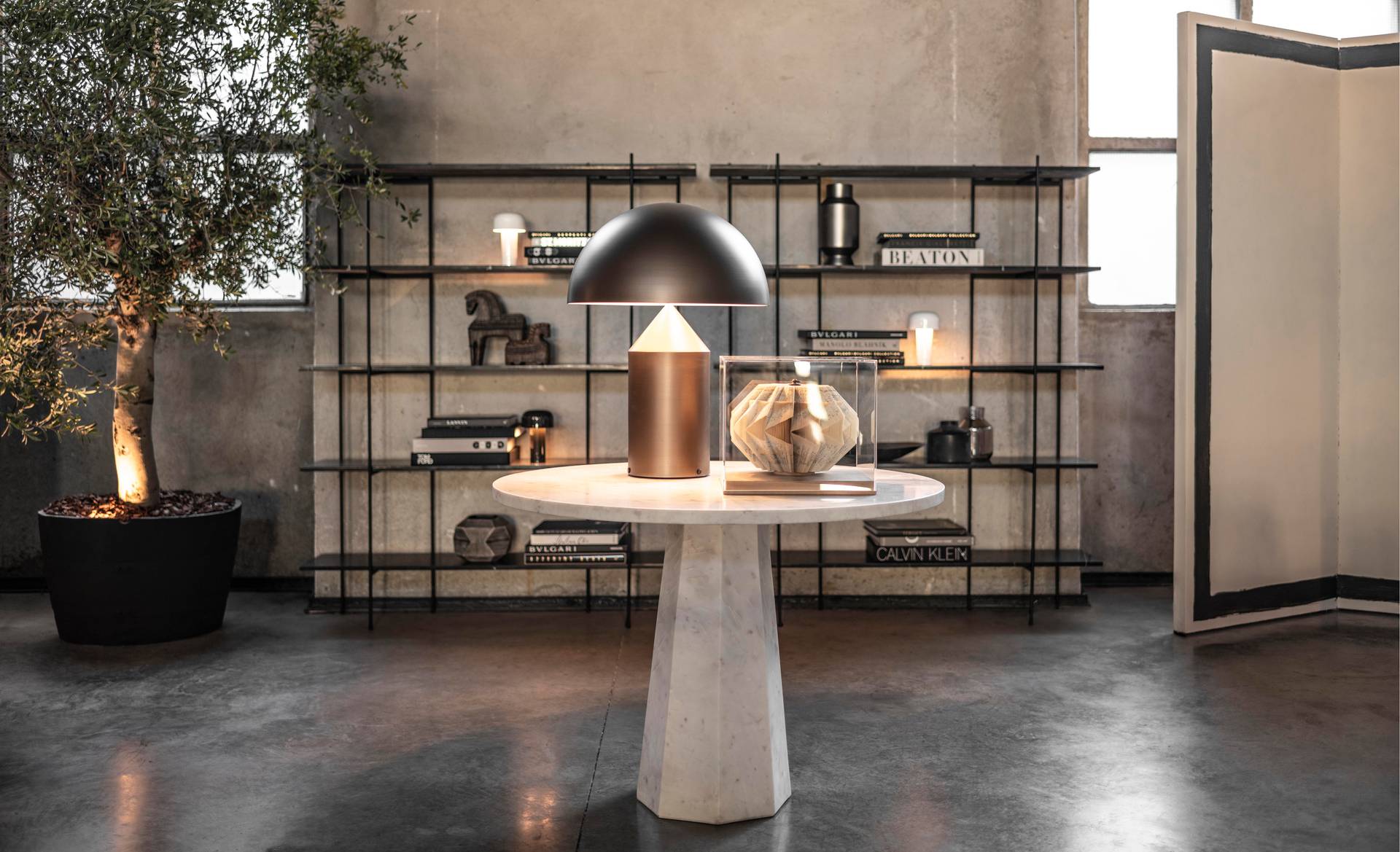
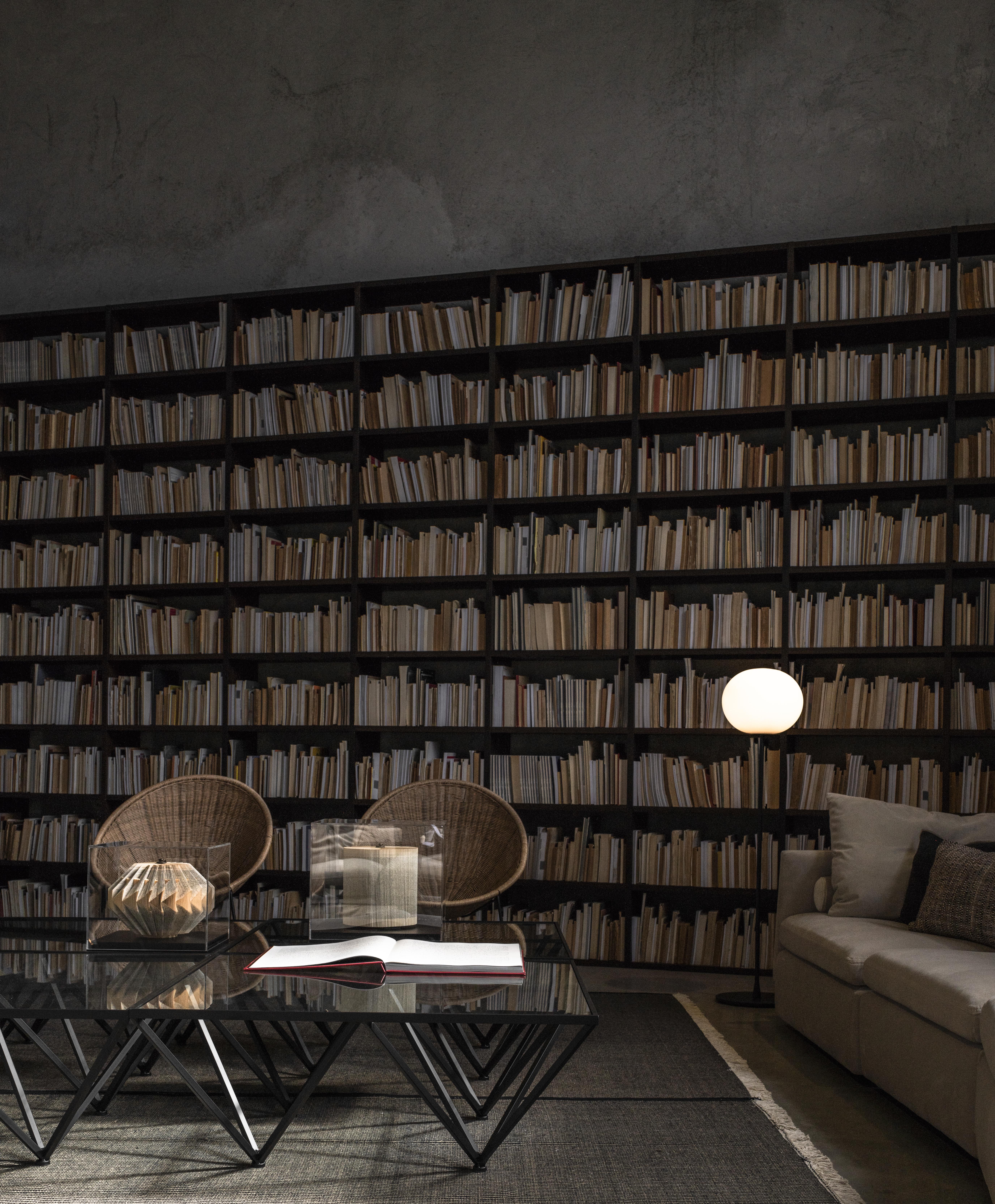

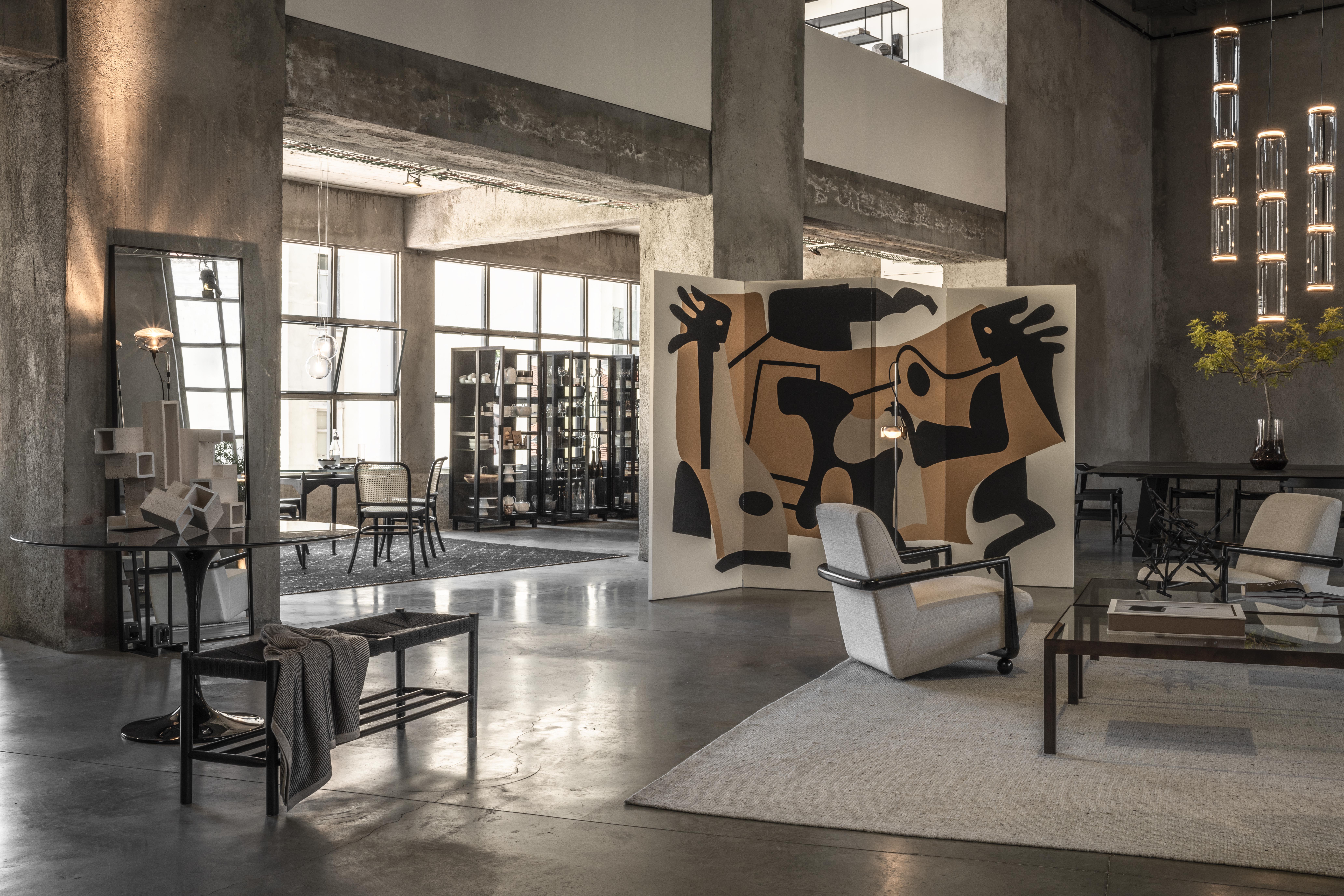
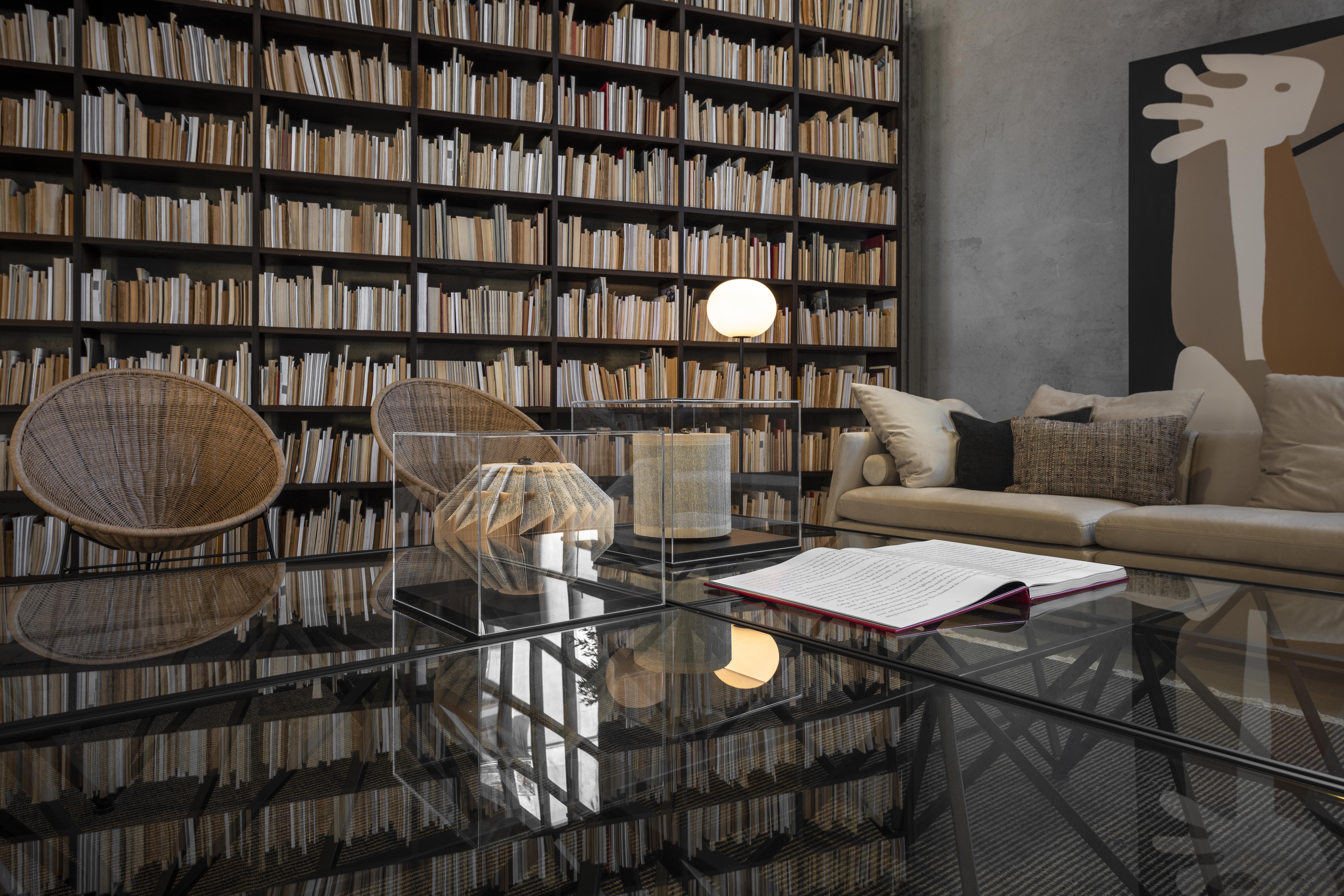
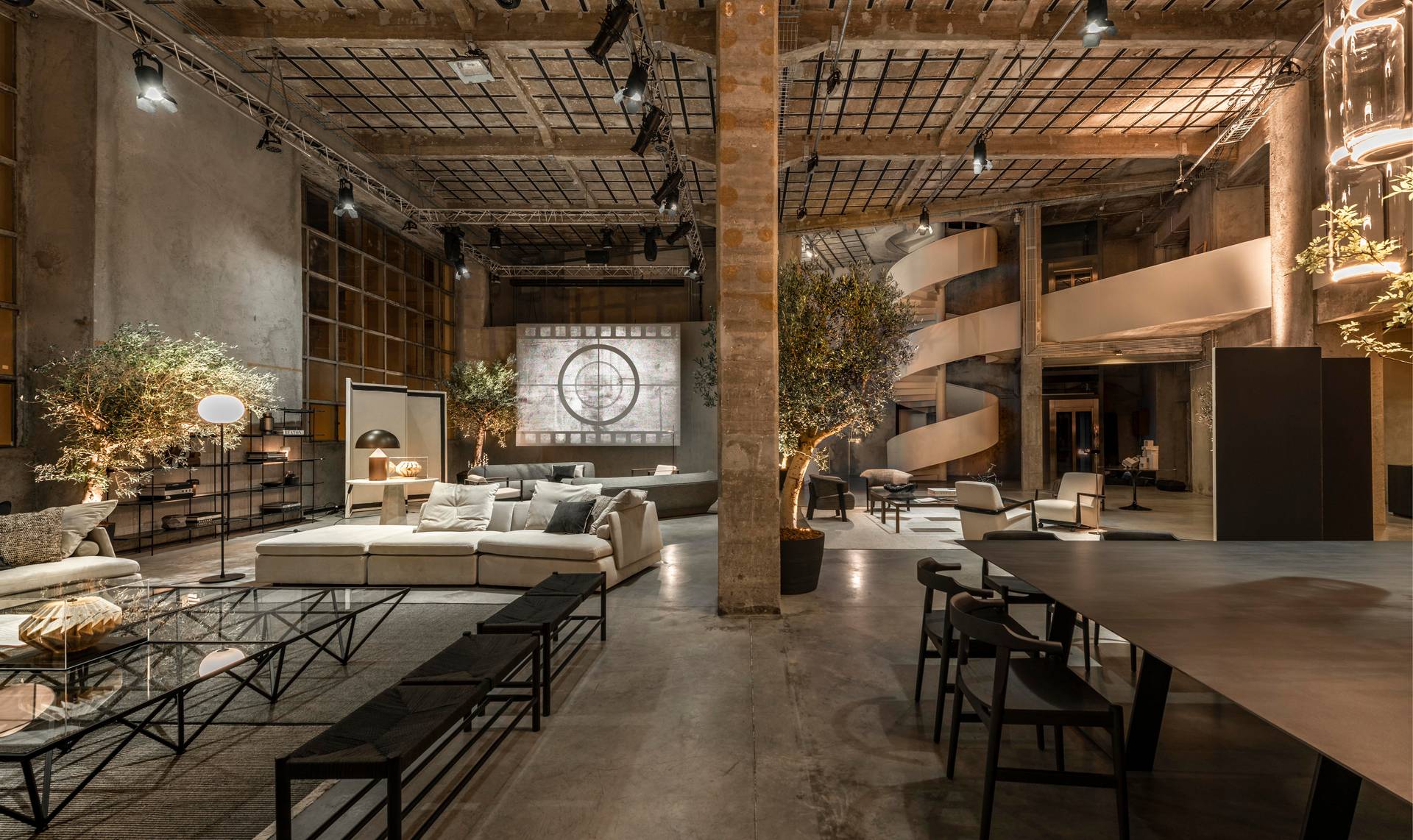
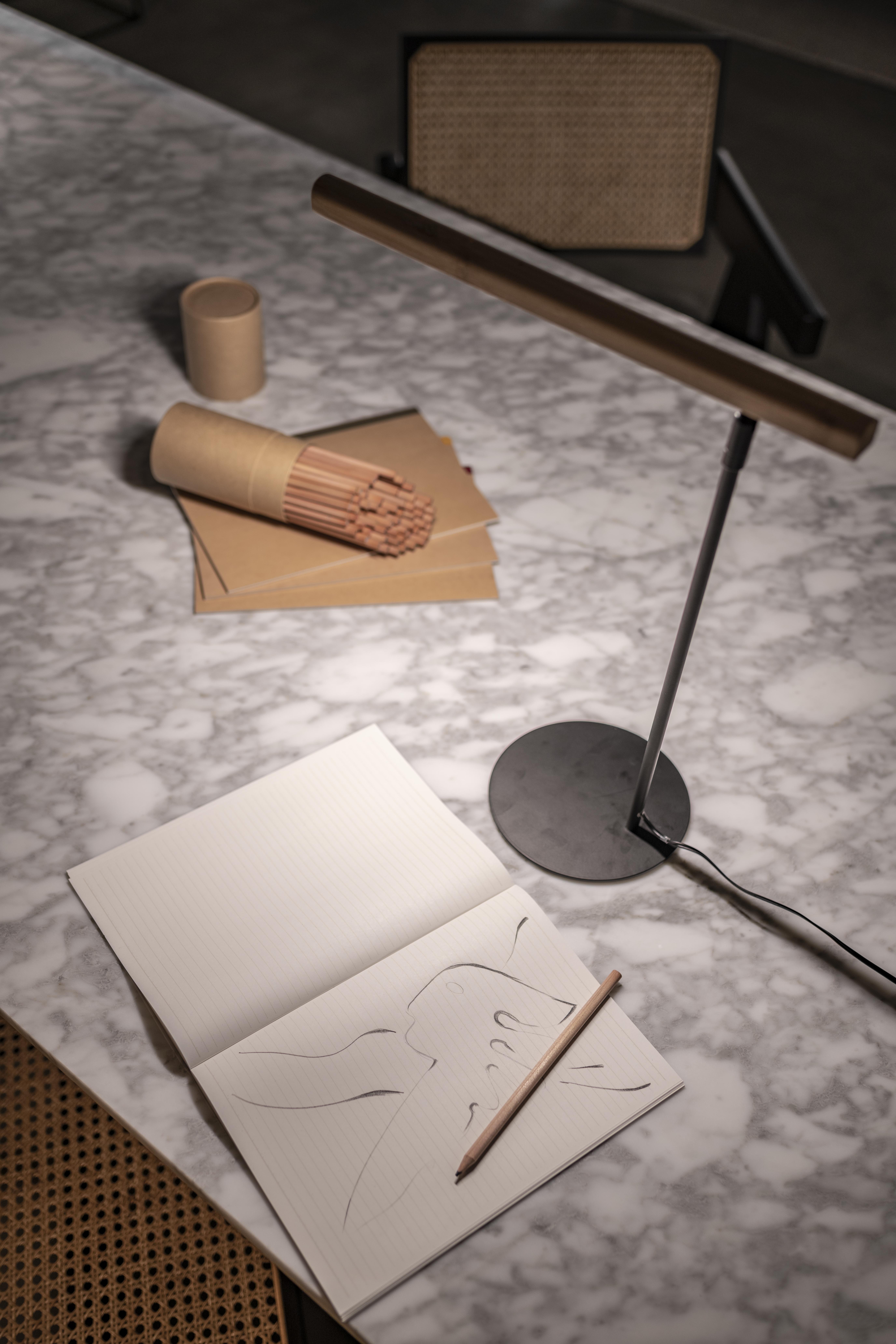
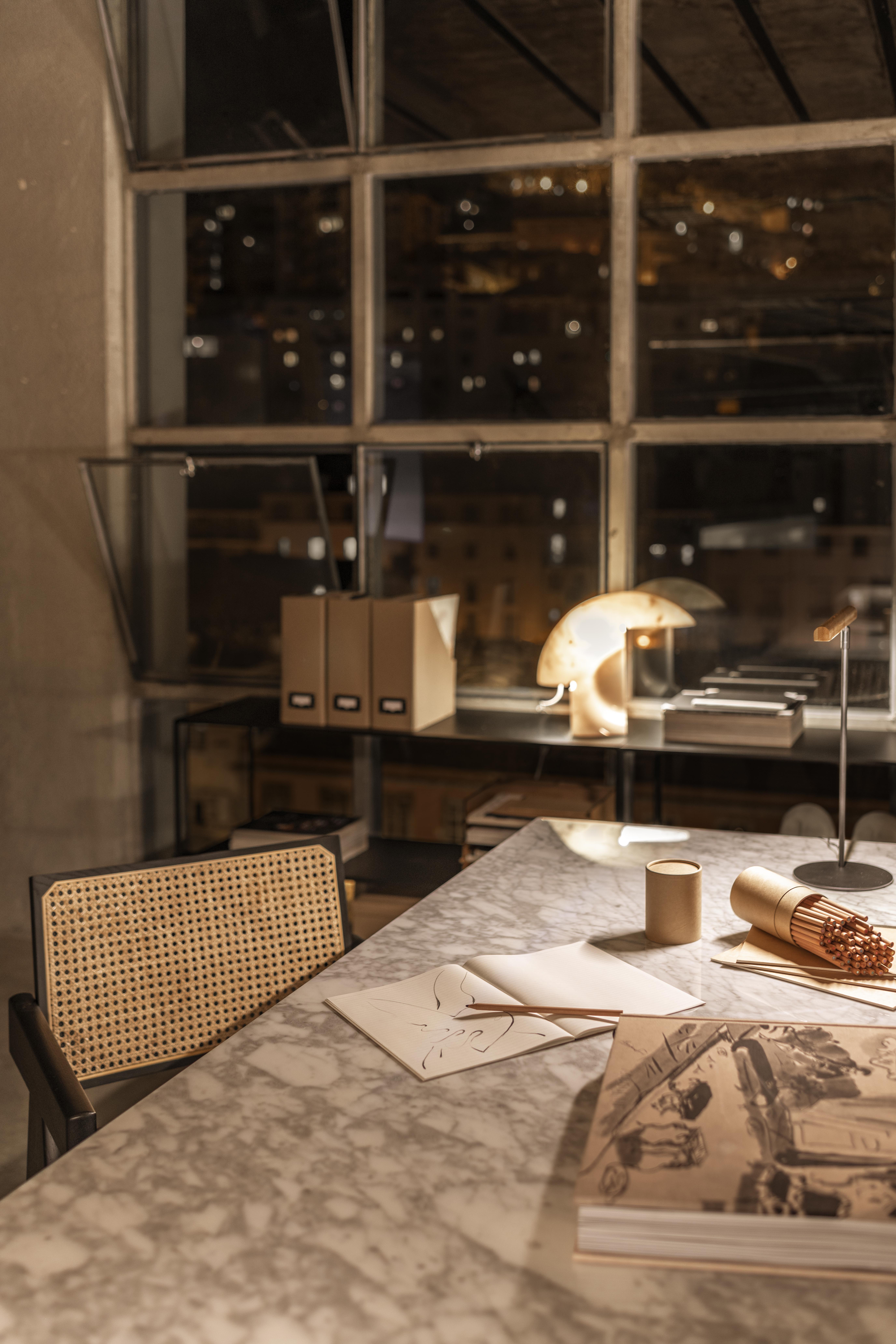

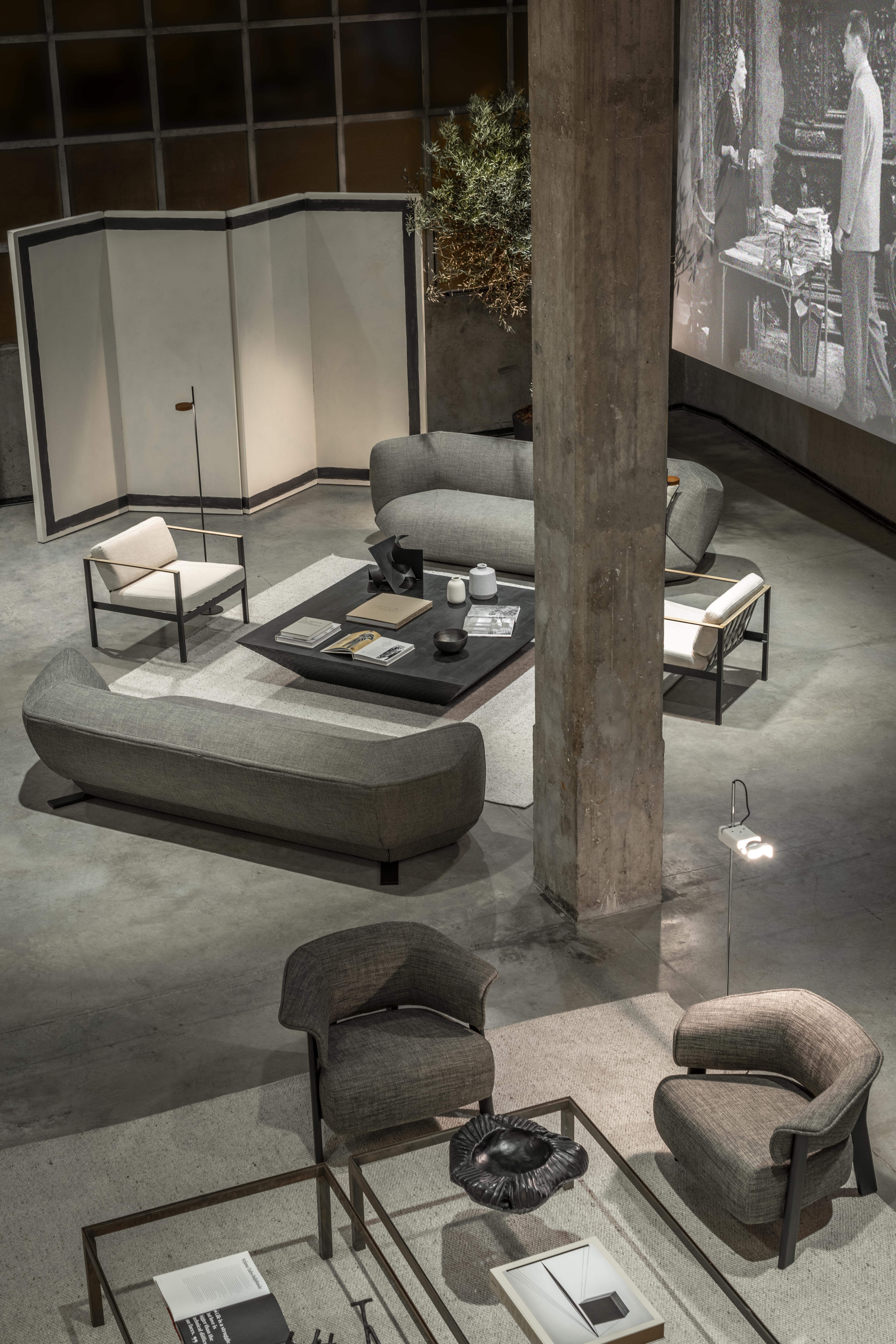
Shadow games, Chinese mirrors, camera obscura, magic lanterns...
Hundreds of devices have been created to impress audiences who see projections as something magical and secret.
